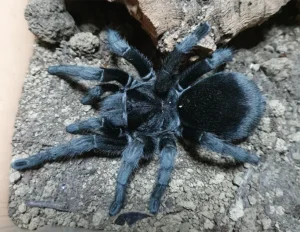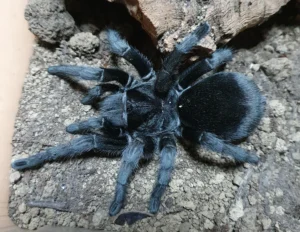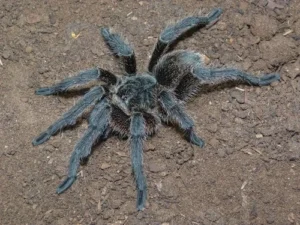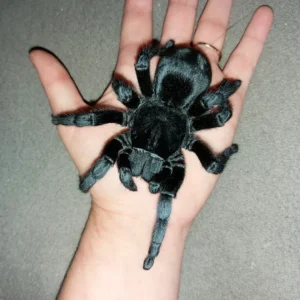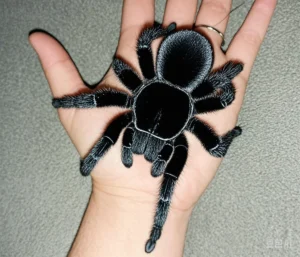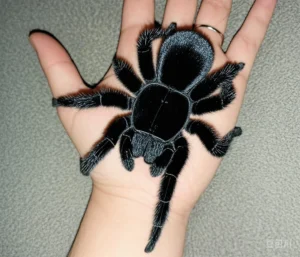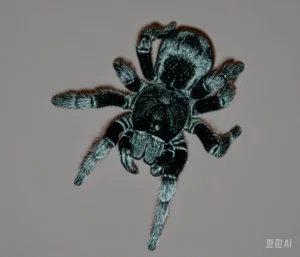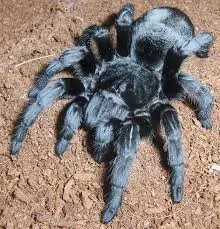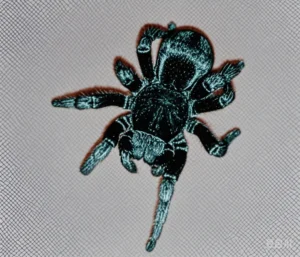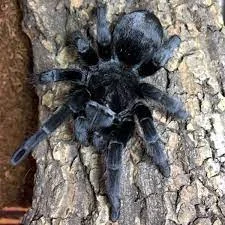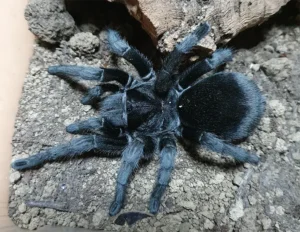Acoustic Signals of Grammostola pulchra: Stridulation Behavior During Mating
While often perceived as silent creatures, many tarantulas, potentially including Grammostola pulchra, are capable of producing sound through a process called stridulation. This is typically employed as a defensive mechanism but might also play a role in other contexts, such as mating interactions. Understanding this behavior provides insight into their communication and defensive repertoire.
What is Stridulation?
Stridulation is the act of producing sound by rubbing two hard body parts together. It’s common in many arthropods, most famously in insects like crickets and grasshoppers, but also occurs in various spider groups, including some theraphosids (tarantulas).
In tarantulas, specialized structures, often rows of modified setae (hairs) or pegs, are rubbed against each other to create audible vibrations.
How Do They Do It?
The exact stridulating organs can vary between tarantula genera and species. Common locations include:
- Chelicerae (Jaws) and Pedipalps: Many New World tarantulas, possibly including some Grammostola species, possess specialized setae on the inner or outer surfaces of their chelicerae that are rubbed against corresponding structures on their pedipalps.
- Coxae of Legs: Some species have stridulating structures located where the first pair of legs (or pedipalps) meets the sternum (the ventral plate of the cephalothorax).
When threatened or agitated, the tarantula rapidly rubs these parts together, generating a distinct sound.
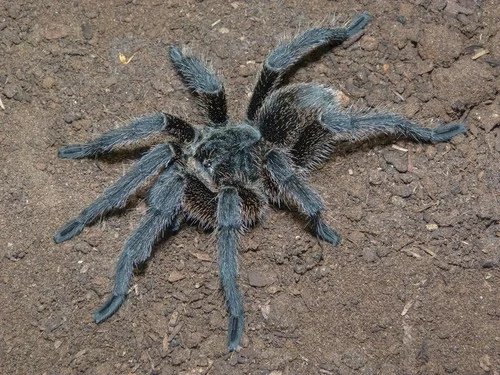
When Do They Stridulate?
Stridulation in tarantulas is primarily considered a defensive behavior:
- Warning Signal: It serves as an audible warning to potential predators, essentially saying “back off!” It often accompanies other defensive displays like rearing up, exposing fangs, or flicking urticating hairs.
- Startle Response: The sudden sound can startle a predator, potentially giving the tarantula a chance to escape.
While primarily defensive, there’s speculation and some evidence in other species that stridulation might play a role during mating encounters, perhaps as part of the male’s courtship display or as communication between the potential partners. However, detailed studies on this aspect specifically for G. pulchra are limited. It’s more commonly observed and documented as part of [understanding tarantula defensive behaviors](https://www.lopehare.com/tarantula-training-tips/).
Sound Description
The sound produced by tarantula stridulation is often described as a hissing, scraping, or buzzing noise. The volume and pitch can vary depending on the species, the size of the tarantula, and the intensity of the behavior. It might not be very loud but can be distinctly audible at close range, especially in a quiet environment.

Implications for Keepers
If you hear your Grammostola pulchra stridulating:
- It’s Likely Stressed or Threatened: The tarantula perceives something as a danger. This could be your presence, vibrations, attempts at maintenance, or something else in its environment.
- Give It Space: Respect the warning signal. Avoid further interaction that might escalate the defensive behavior (like hair flicking or biting).
- Assess the Cause: Try to identify what might be causing the stress and mitigate it if possible (e.g., ensuring adequate hides, avoiding unnecessary disturbances).
While fascinating, hearing stridulation usually means your tarantula feels threatened. It’s a sign to proceed with caution and respect the animal’s need for security.
References:
- Wikipedia contributors. (Accessed 2023). Stridulation. *Wikipedia, The Free Encyclopedia*. https://en.wikipedia.org/wiki/Stridulation
- Perez-Miles, F., et al. (Various publications on Theraphosidae biology and behavior). (Conceptual reference)

